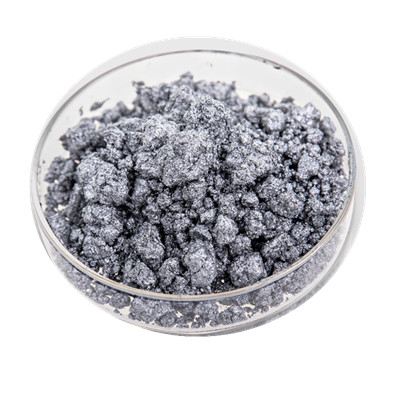Main reasons of appear bubble or holes during AAC blocks production
Main reasons of appear bubbles or holes during AAC blocks production

Less flow measured at the time of pouring develops a bubble inside the mould causing holes.
If the blocks are not properly harden, the chemical reactions required for the formation of air bubbles may not occur efficiently, leading to the presence of voids or holes in blocks.
If the curing conditions, such as temperature and humidity, are not controlled correctly, it can lead to incomplete chemical reactions and the formation of holes.
The low density of fresh-return slurry and total solid percentage in mould generate porosity.
Accumulation of material inside the mixer and some particles got mixed with the material.
Insufficient pressure applied during the process may result in inadequate compaction of the mould mixture, leading to gaps and voids within the blocks.
Poor quality as well as more quantity of aluminum powder.
Over-rising in the mould after the mould casting.
Using incorrect proportions of raw materials in the AAC mixture can affect its consistency and may result in the formation of holes.
During the production process, moulds may require cutting or trimming to achieve the desired size. If these operations are not performed accurately or with the right tools, it can result in the formation of uneven edges or holes.
High Jerking in the mould just after the mould pouring while shifting for rising.
Lums in slurry, lime, cement, pop, or any other raw materials.
Improper mixing of raw materials like cement, sand, lime, and aerating agents can lead to uneven distribution of air bubbles within the mixture. This can result in the formation of voids or holes.
Inspecting the raw materials before using in production is a crucial step. Failing to monitor and control the production process, which includes factors like raw material quality, mix consistency, ideal curing conditions, and precise cutting procedures, can lead to the emergence of flaws such as voids or holes.
